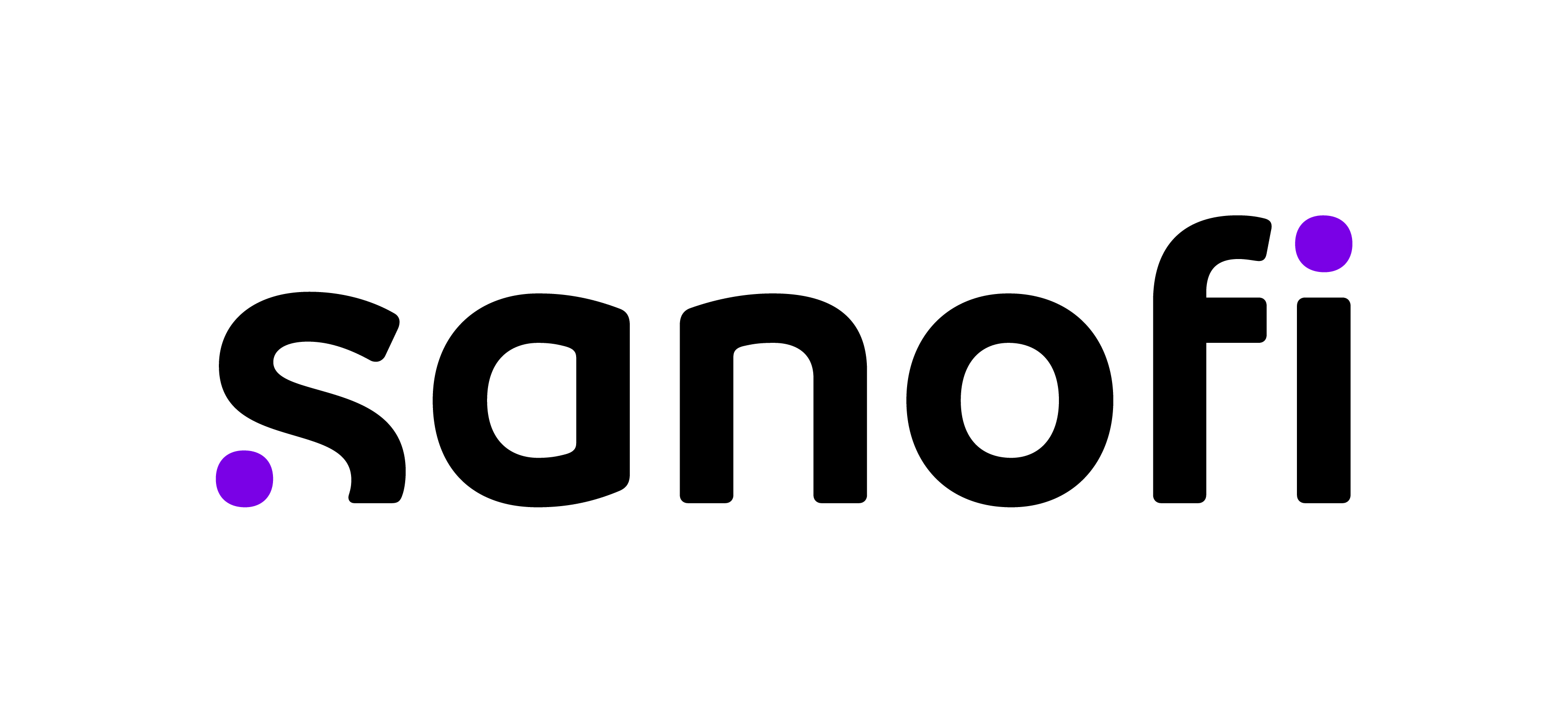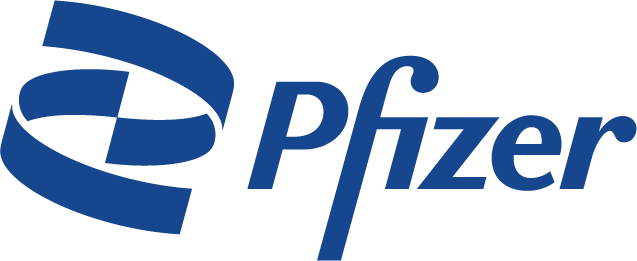Early Allo CAR T Results Targeting CS1 in Multiple Myeloma

Different/new approaches to CAR-T treatment for relapsed/refractory myeloma seem to be in the spotlight several times per month. The interesting news over the past week has come from a team of researchers at MD Anderson (University of Texas) with their report at the most recent forum organized by the American Society for Gene and Cell Therapy.
The product in question is labeled as UCARTCS1A. What is different here from other CAR-T products that have recently been mentioned in some of the posts of Myeloma Crowd/HealthTree?
- UCARTCS1A is another entry in the growing field of allo-CAR-T programs or ‘off the shelf’ CAR-T. The benefits of readily available CAR-T product for relapsed myeloma patients have recently been discussed at some length in MC/HT News, so there is need to hash this over again.
- In past posts we have seen that the CAR-T products discussed so far have either targeted CD-this or CD-that and/or BCMA – all proteins that tend to be quite prevalent on the surface of myeloma cells. UCARTCS1 is directed at two targets: CS1 and SLAMF7.
- CS1 has been more recently identified as a good target as this protein is highly and consistently expressed by the malignant myeloma cells. It has been reported that “CS1 is highly expressed on tumor cells from the majority of multiple myeloma (MM) patients regardless of cytogenetic abnormalities or response to current treatments. Furthermore, CS1 is detected in MM patient sera and correlates with active disease.” Also, “… CS1 overexpression promoted myeloma cell growth and survival by significantly increasing myeloma adhesion to bone marrow stromal cells (BMSCs) and enhancing myeloma colony formation …”
- “SLAMF7 is expressed mainly on multiple myeloma (MM) cells and considered an ideal target for immunotherapeutic approaches.”
- UCARTS1A has a built-in ‘kill switch’ that can kill the CAR-T cells in the event the patient experiences high level(s) of side effects such as cytokine release syndrome (CRS) or neurotoxicities, using the compound rituximab, a drug that is used in the treatment of rheumatoid arthritis as well as several hematological malignancies.
- It is also good to know that UCARTS1A ‘knocks out’ the TRAC gene to avoid graft-versus-host disease. This is important because the CAR-T cells will be coming from a donor, as opposed to from the patient.
A Phase I study is currently ongoing and is still recruiting patients. Remember that the purpose of this type of early study is to evaluate the safety and efficacy of a drug at different dosage levels to pin down the dosage that will ultimately be used in the definitive clinical trials.
- Let me give some perspective on the severity of the disease of the patients evaluated so far. Four of the five patients had previously gone through an average of 11 prior lines of therapy, with most of them having also been treated with anti-BCMA therapy (including anti-BCMA CAR-T). Most other CAR-T programs for myeloma have typically been using patients with 5-6 prior lines of therapy.
- Note that this study does not preclude the inclusion of patients previously treated with CAR-T.
So far, data have only been published on the first five patients that have participated at the lowest dosage levels. These early results are encouraging, but much work still remains to be done. Of note is that the ‘kill switch’ was activated for one of the first five patients. Those interested in learning more about the early outcomes of this small cohort of patients may wish to go through the press releases issued by MD Anderson. Those interested in learning more about potentially participating in this study can find out more here.
A final comment. In the early days of Myeloma Crowd, the Foundation issued one of its first research grants to a small team of researchers at the University of Würzburg (Germany) supporting an effort to develop a CAR-T for myeloma that targeted CS1. It looks like the developers of UCARTCS1 may have beaten the German team to the punch, but the point here is that 5-6 years ago Jenny Ahlstrom was onto something by choosing to invest into CS1.
Different/new approaches to CAR-T treatment for relapsed/refractory myeloma seem to be in the spotlight several times per month. The interesting news over the past week has come from a team of researchers at MD Anderson (University of Texas) with their report at the most recent forum organized by the American Society for Gene and Cell Therapy.
The product in question is labeled as UCARTCS1A. What is different here from other CAR-T products that have recently been mentioned in some of the posts of Myeloma Crowd/HealthTree?
- UCARTCS1A is another entry in the growing field of allo-CAR-T programs or ‘off the shelf’ CAR-T. The benefits of readily available CAR-T product for relapsed myeloma patients have recently been discussed at some length in MC/HT News, so there is need to hash this over again.
- In past posts we have seen that the CAR-T products discussed so far have either targeted CD-this or CD-that and/or BCMA – all proteins that tend to be quite prevalent on the surface of myeloma cells. UCARTCS1 is directed at two targets: CS1 and SLAMF7.
- CS1 has been more recently identified as a good target as this protein is highly and consistently expressed by the malignant myeloma cells. It has been reported that “CS1 is highly expressed on tumor cells from the majority of multiple myeloma (MM) patients regardless of cytogenetic abnormalities or response to current treatments. Furthermore, CS1 is detected in MM patient sera and correlates with active disease.” Also, “… CS1 overexpression promoted myeloma cell growth and survival by significantly increasing myeloma adhesion to bone marrow stromal cells (BMSCs) and enhancing myeloma colony formation …”
- “SLAMF7 is expressed mainly on multiple myeloma (MM) cells and considered an ideal target for immunotherapeutic approaches.”
- UCARTS1A has a built-in ‘kill switch’ that can kill the CAR-T cells in the event the patient experiences high level(s) of side effects such as cytokine release syndrome (CRS) or neurotoxicities, using the compound rituximab, a drug that is used in the treatment of rheumatoid arthritis as well as several hematological malignancies.
- It is also good to know that UCARTS1A ‘knocks out’ the TRAC gene to avoid graft-versus-host disease. This is important because the CAR-T cells will be coming from a donor, as opposed to from the patient.
A Phase I study is currently ongoing and is still recruiting patients. Remember that the purpose of this type of early study is to evaluate the safety and efficacy of a drug at different dosage levels to pin down the dosage that will ultimately be used in the definitive clinical trials.
- Let me give some perspective on the severity of the disease of the patients evaluated so far. Four of the five patients had previously gone through an average of 11 prior lines of therapy, with most of them having also been treated with anti-BCMA therapy (including anti-BCMA CAR-T). Most other CAR-T programs for myeloma have typically been using patients with 5-6 prior lines of therapy.
- Note that this study does not preclude the inclusion of patients previously treated with CAR-T.
So far, data have only been published on the first five patients that have participated at the lowest dosage levels. These early results are encouraging, but much work still remains to be done. Of note is that the ‘kill switch’ was activated for one of the first five patients. Those interested in learning more about the early outcomes of this small cohort of patients may wish to go through the press releases issued by MD Anderson. Those interested in learning more about potentially participating in this study can find out more here.
A final comment. In the early days of Myeloma Crowd, the Foundation issued one of its first research grants to a small team of researchers at the University of Würzburg (Germany) supporting an effort to develop a CAR-T for myeloma that targeted CS1. It looks like the developers of UCARTCS1 may have beaten the German team to the punch, but the point here is that 5-6 years ago Jenny Ahlstrom was onto something by choosing to invest into CS1.

about the author
Paul Kleutghen
I am a patient diagnosed in 2014 with primary plasma cell leukemia (pPCL), a rare and aggressive variant of multiple myeloma and have been very fortunate to find successful treatment at the division of Cellular Therapy at the Duke University Cancer Institute. My wife, Vicki, and I have two adult children and two grandsons who are the ‘lights of our lives’. Successful treatment has allowed Vicki and I to do what we love best : traveling the world, albeit it with some extra precautions to keep infections away. My career in the pharmaceutical industry has given me insights that I am currently putting to use as an advocate to lower drug pricing, especially prices for anti-cancer drugs. I am a firm believer that staying mentally active, physically fit, compliant to our treatment regimen and taking an active interest in our disease are keys to successful treatment outcomes.
More on Treatment Advances
Trending Articles
Upcoming Events




Get the Latest Multiple Myeloma Updates, Delivered to You.
By subscribing to the HealthTree newsletter, you'll receive the latest research, treatment updates, and expert insights to help you navigate your health.











